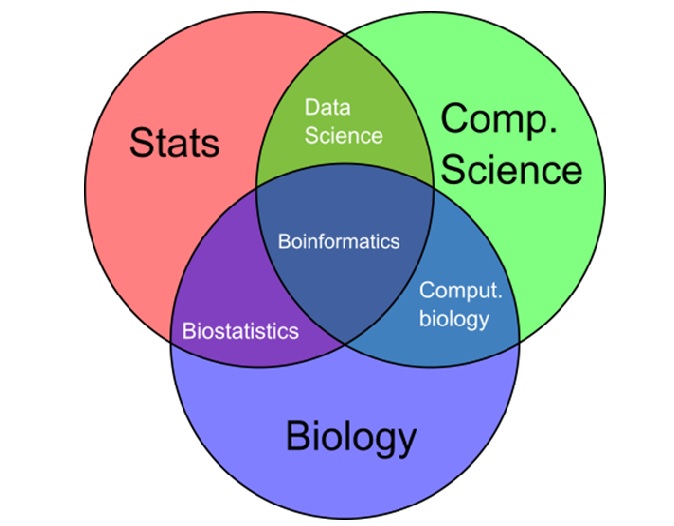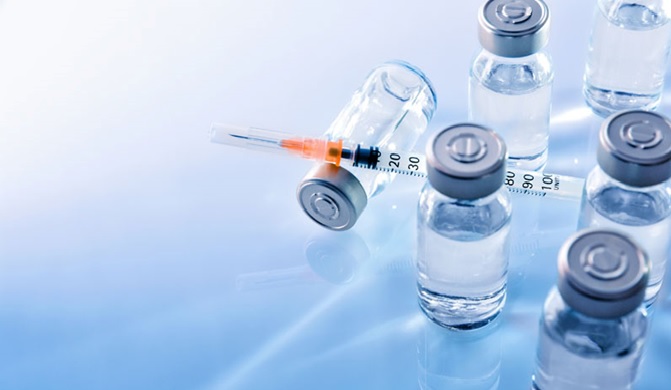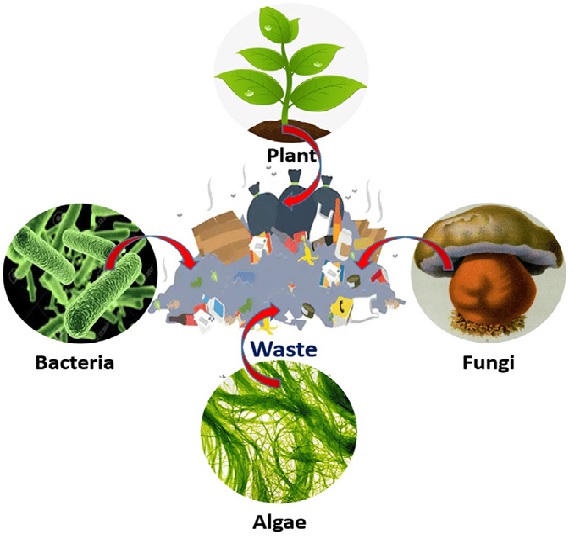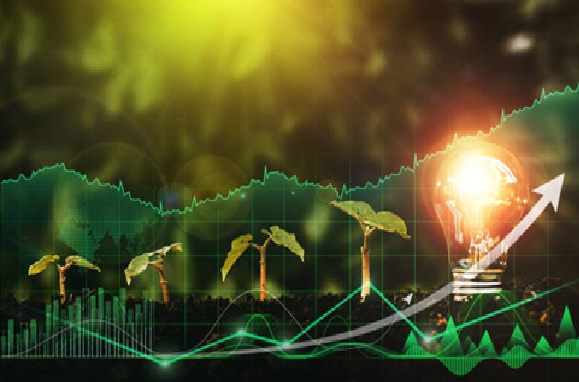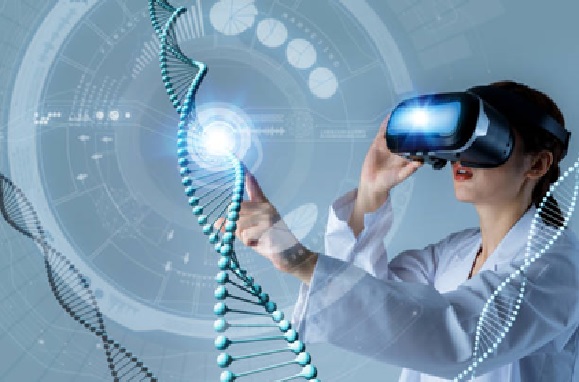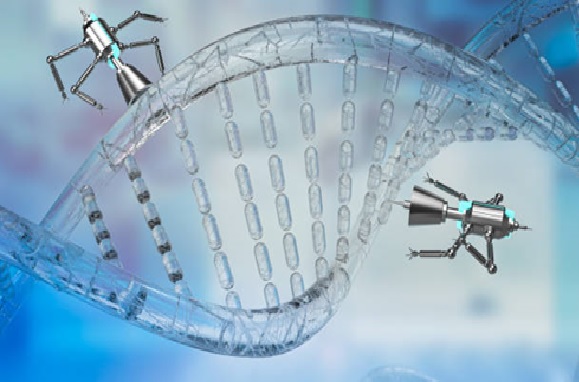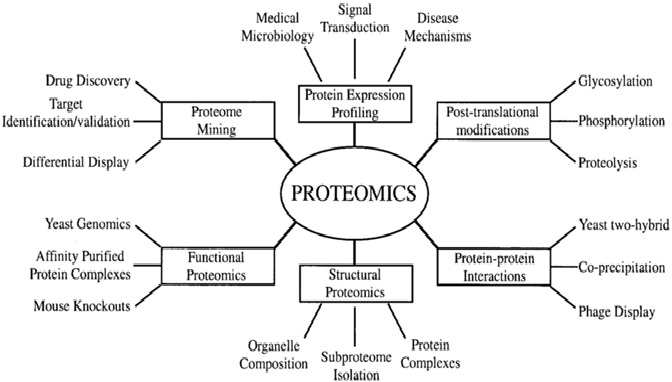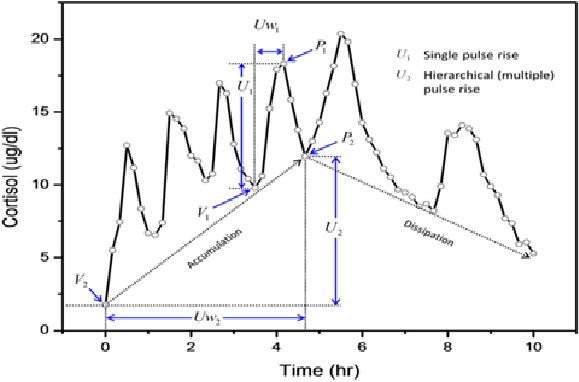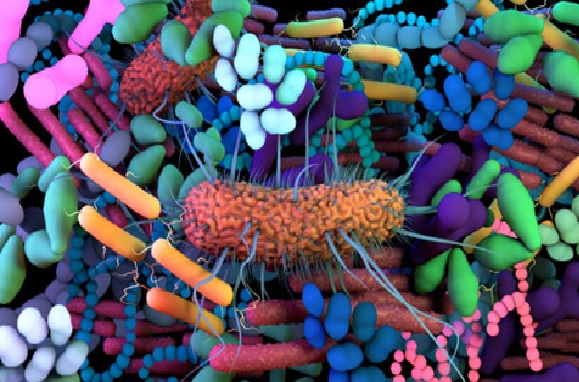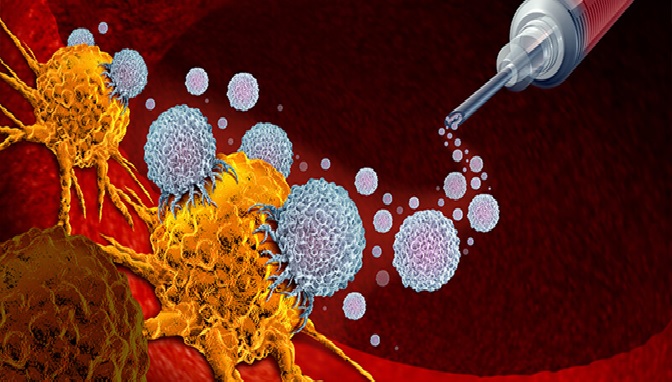Nanobiotechnology
Nanobiotechnology is the application of nanotechnology to the field of biotechnology. It involves the use of nanoscale materials and devices to manipulate and study biological systems, as well as the use of biological systems to create new nanoscale devices and materials.
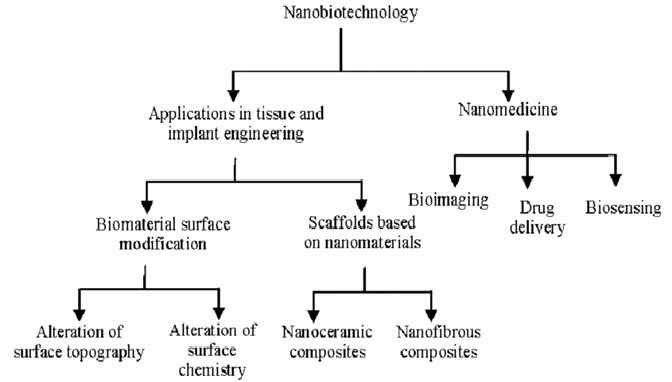
Figure 1. Nanobiotechnology. [1]
Figure 1 shows nanobiotechnology tree. Nanobiotechnology is a rapidly developing field that combines nanotechnology and biotechnology to create new materials, devices, and systems for a wide range of applications in healthcare, environmental science, and other fields. In this field, scientists and engineers are developing and using tools and techniques at the nanoscale to manipulate, study, and create biological systems.
One of the key areas of research in nanobiotechnology is the development of new nanomaterials and devices for medical applications. For example, researchers are developing nanoparticles and nanocarriers that can deliver drugs to specific cells or tissues in the body, improving the effectiveness and reducing the side effects of drugs. Nanoparticles can also be used as contrast agents in medical imaging, allowing doctors to see inside the body in greater detail. Additionally, researchers are developing biosensors that use biological molecules to detect and measure specific molecules or compounds, which can be used in medical diagnostics and environmental monitoring.
Another area of research in nanobiotechnology is the development of biomimetic materials that mimic the properties of biological systems. For example, scientists are developing self-assembling peptides and biomimetic membranes that can be used in drug delivery, tissue engineering, and other applications. In addition, researchers are studying the behavior of biological molecules and cells using nanoscale imaging techniques, such as atomic force microscopy (AFM) and scanning electron microscopy (SEM).
Nanobiotechnology also has potential applications in environmental science. For example, researchers are developing nanomaterials that can remove pollutants from water or air, as well as biosensors that can detect environmental contaminants. Additionally, nanotechnology can be used to create more efficient and sustainable energy sources, such as solar cells and batteries.
One of the most exciting areas of research in nanobiotechnology is the development of nanorobots. These are small, autonomous machines that can interact with biological systems at the nanoscale. Researchers are developing nanorobots that can be used in a variety of medical applications, such as targeted drug delivery and cancer treatment. However, there are still many challenges to overcome in developing these devices, such as ensuring their safety and effectiveness.
Overall, nanobiotechnology is a rapidly evolving field with the potential to revolutionize healthcare, environmental science, and other fields. However, there are also concerns about the potential risks associated with the use of nanotechnology, such as the toxicity of some nanomaterials and the potential for unknown health effects. Therefore, it is important for researchers in this field to carefully consider the potential risks and benefits of their work as they continue to develop new materials, devices, and systems.
References:
- https://www.researchgate.net/figure/Schematic-diagram-of-the-application-areas-of-nanobiotechnology-on-which-the-review-has_fig2_215585571
Cite this article:
Hana M (2023), Nanobiotechnology, AnaTechMaz, pp.128


